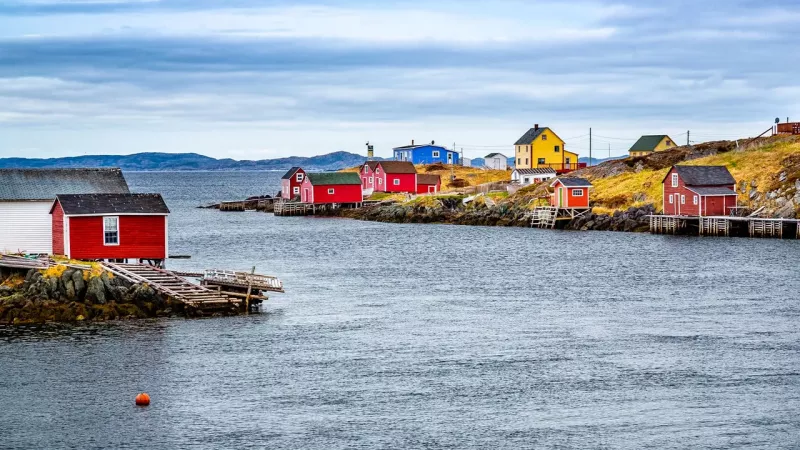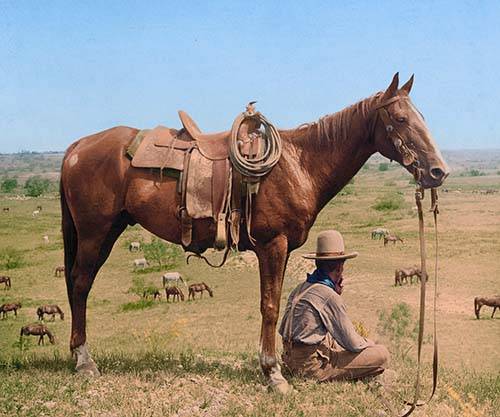The rugged and remote Canadian region has been championing a hands-on approach to tourism to pass its unique culture and traditions along.
Standing outside the boatshed at The Wooden Boat Museum of Newfoundland & Labrador, on Newfoundland's Avalon Peninsula, I was surprised when Jerome Canning, the museum's boat builder, invited me into his workspace. He was putting the final touches on a Grand Banks Dory, a small fishing vessel that was once found in every protected cove and harbor on this rugged North Atlantic coast.
"Everyone would have had a boat back then," Canning told me, as he explained how dories were an integral part of the cod fishing industry that shaped Newfoundland's economy and culture for 500 years. A few minutes later, I found myself helping to caulk seams. Participation, I would learn, is an essential part of tourism in Canada's Newfoundland and Labrador province, where culture and traditions are shared rather than sequestered behind ropes in a museum. Canning explained it this way: "In order for me to build a boat, I had to learn from someone else. But that's been interrupted. To save the heritage boat building, we needed to do more than put a few old boats on display. We need to keep teaching and learning how to build them."
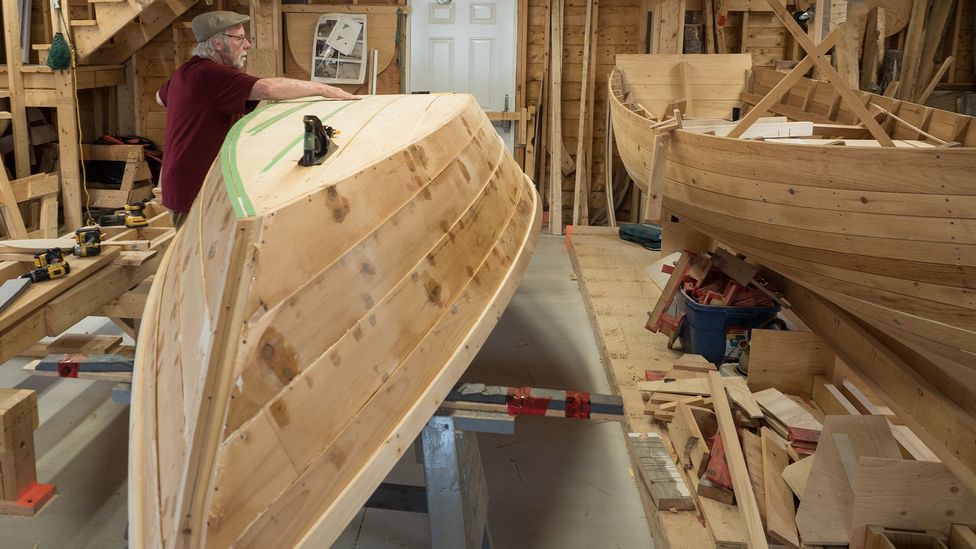
The
Newfoundlanders rarely feel like they're on the cutting edge of anything – but thanks to their decades-long commitment to regenerative tourism, which revives their struggling communities by celebrating local culture, they may be just that. As the last province to join Canada in 1949, the region's recent history has been marked by the collapse of its main industry (cod fishing) and the despair that followed. Once considered too rugged, isolated and impoverished to attract many visitors, it was, in part, the stories about the fun-loving hospitality towards the plane passengers who were forced to land in the small town of Gander on 9/11 that brought worldwide attention to the area.
At the time, Newfoundland was in crisis. Ten percent of the population had left the province between 1992 (when the cod stocks collapsed and the Canadian government put in place the moratorium that ended the fishery) and 2001, and unemployment was more than double the national average. Locals knew they were on the verge of losing their unique culture, but hadn't found a way to pass their traditions along.
"We had all these different skills and crafts focused on 'making do with very little' that were being lost," explained Elizabeth Murphy, a member of the board of The Heritage Foundation of Newfoundland and Labrador. "The Department of Tourism looked at this… and realised people travel to become connected to new ideas. Suddenly these skills… and our respectful treatment of the environment seemed valuable." Even though they had something meaningful to share, many communities had no place for people to stay or eat. But rather than looking to outside investors to develop resorts in the gorgeous but rural landscape, the government encouraged a grassroots approach, favouring locally owned restaurants, inns and experiential tourism experiences with community experts. By supporting the development of the things community members wanted to do, Newfoundland and Labrador used tourism as a tool to protect local culture. By 2020, tourism employed upwards of 20,000 people (9% of all jobs) across more than 2,700 businesses (78% of which are small businesses).
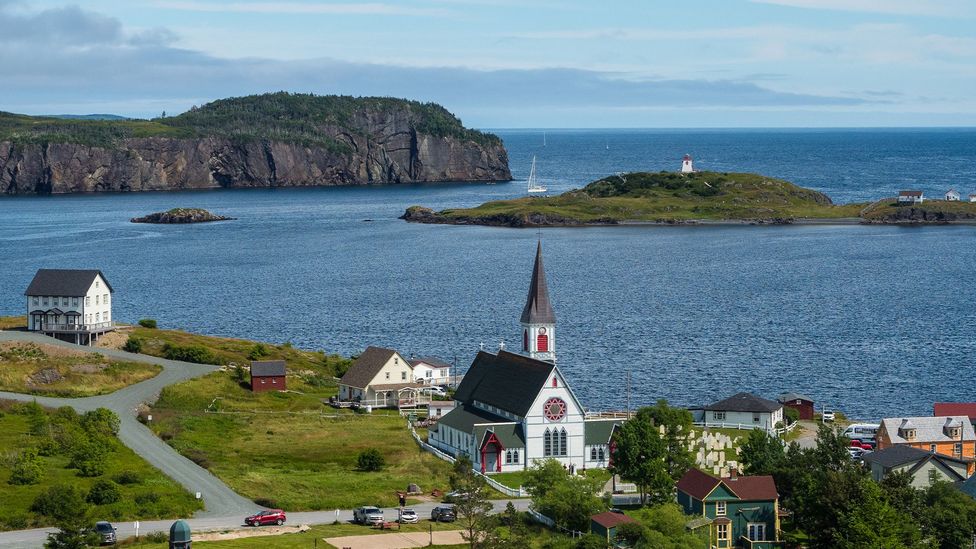
Trinity "Our experiences began to grow," said Murphy. "Someone would have an idea to promote and preserve a skill or craft and they'd get support to do it." Murphy said travellers now love hearing stories and taking hands-on classes in the province's small museums and heritage centres. "You can go to a museum and stand 10ft from an old flour sifter... or you can learn to cook with one; hearing stories about how it was used." This outside interest also changed the way locals feel about their culture. "We felt looked down on – for our ways, our language and our subsistence living," Murphy said. "Now we look at all these skills and we're proud of how self-sufficient we were. From there we started to value other things; our music, our food, our sense of humour."
Branching off the Trans-Canada Highway along Bonavista Peninsula's loop road, I traveled over a rocky landscape dotted with shallow bogs and windswept forests. Passing weathered clusters of homes, I'd slow down to take in long, open views of the sea. At one point, I crested a hill and the crayon-colored buildings in the village of Trinity come into view. It was this stunning vista, as well as the region's pebble beaches, craggy outcroppings and untouched swaths of wilderness that recently caught the eye of Disney, which thought the Bonavista Peninsula would be the perfect stand-in for Neverland in the upcoming live-action film Peter Pan & Wendy.
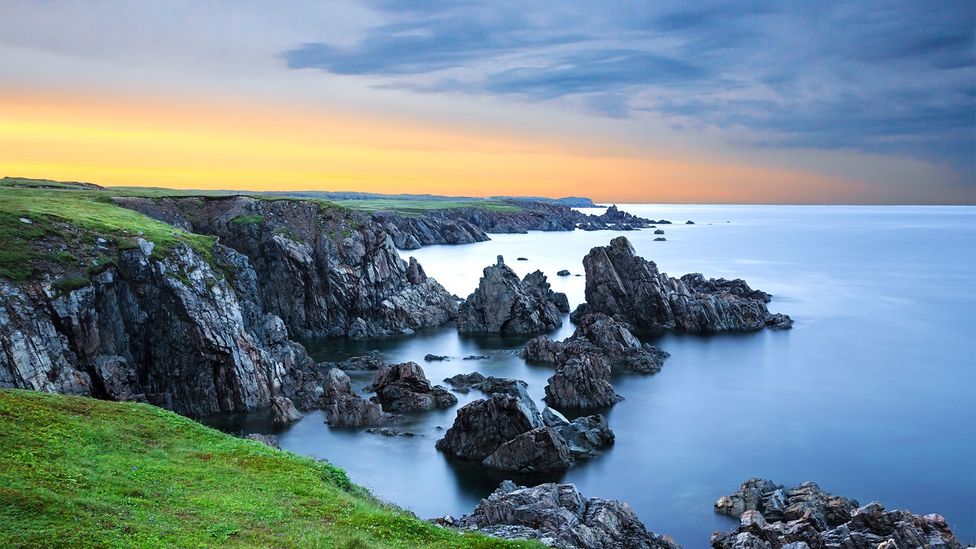
For Marieke Gow, co-owner of the Artisan Inn in Trinity, it's not surprising that it took outsiders to fully appreciate the region's dramatic beauty. Gow said when her Dutch-born mother, Tineke Gow, first visited Trinity more than 40 years ago; the once-bustling shipbuilding village was filled with empty houses. Fascinated by the cliff-lined bay and the village's historic splendor, she bought one of the oldest houses – a dilapidated saltbox – and hired local carpenters, whose shipbuilding jobs were gone, to restore it. A few years later, Tineke bought another derelict property, and Campbell House became one of the town's first B&Bs in 1992.
From there, she added more homes and opened the Twine Loft restaurant in 2000, expanding her small business into a full-service inn. At the same time, Trinity's Historical Society was realizing how much was being lost. Projects to preserve the town's history had been underway for decades, but many of the historical sites were only restored over the past 10 years or so, including the Court House, Gaol and General Building, the Cooperage (which is now a living history museum) and Fort Point military site and lighthouse. "People saw that even without cod, these towns could offer good jobs – and sustain our way of life," Marieke said. "Business in the summer of 2022 exceeded even pre-pandemic levels." Continuing around the peninsula, I passed a bay filled with the blue and white floats of a defunct mussel farm.
Marieke explained that jokes and storytelling are a big part of local culture and said a tour guide had told visitors that because it's hard to bury people in Newfoundland's rocky earth, they were experimenting with underwater graveyards. "He said the blue markers were for men, the white for women," said Marieke. "They believed him!" Elliston is one of the best places in North America to spot puffins
I thought of this at my next stop, the Elliston puffin viewing site, a rocky ledge just downwind from a busy nesting islet. I was cautioned by a teasing local not to take my eyes off the stocky, short-winged birds with their cartoonishly colorful beaks. "They're terrible at flying in a breeze," he said. "If you don't watch, one could hit you in the back of the head!" Unsure about puffin projectiles, I shifted so I could look upwind while continuing my conversation with my hosts, Mike Chaulk, and his granddaughter.
The two volunteered to show me Elliston's highlights, and despite being one of the best places in North America to view puffins, the 315-person village's real claim to fame is its stone- and turf-built root cellars. Chaulk said the government asked villagers what they wanted to preserve, and in 2013, they designated these charming, hobbit-like constructions, declaring themselves "The Root Cellar Capital of the World". Because the village's 133 cellars were built into the hills and ground as long as two centuries ago, Chaulk was asked to repair some of the structures, which were used to keep vegetables from freezing in the winter or rotting in the summer. "Of all the hair-brained ideas… I said who would come here to look at our root cellars," Chaulk recalled. But when we opened the door to one of the primordial-looking structures where locals, until recently, stored cabbage and parsnips, he seemed reverent. "But they do come – and we're able to teach people what life was like, how hard it was to grow food on solid rock," he said, "and how fun it was".
